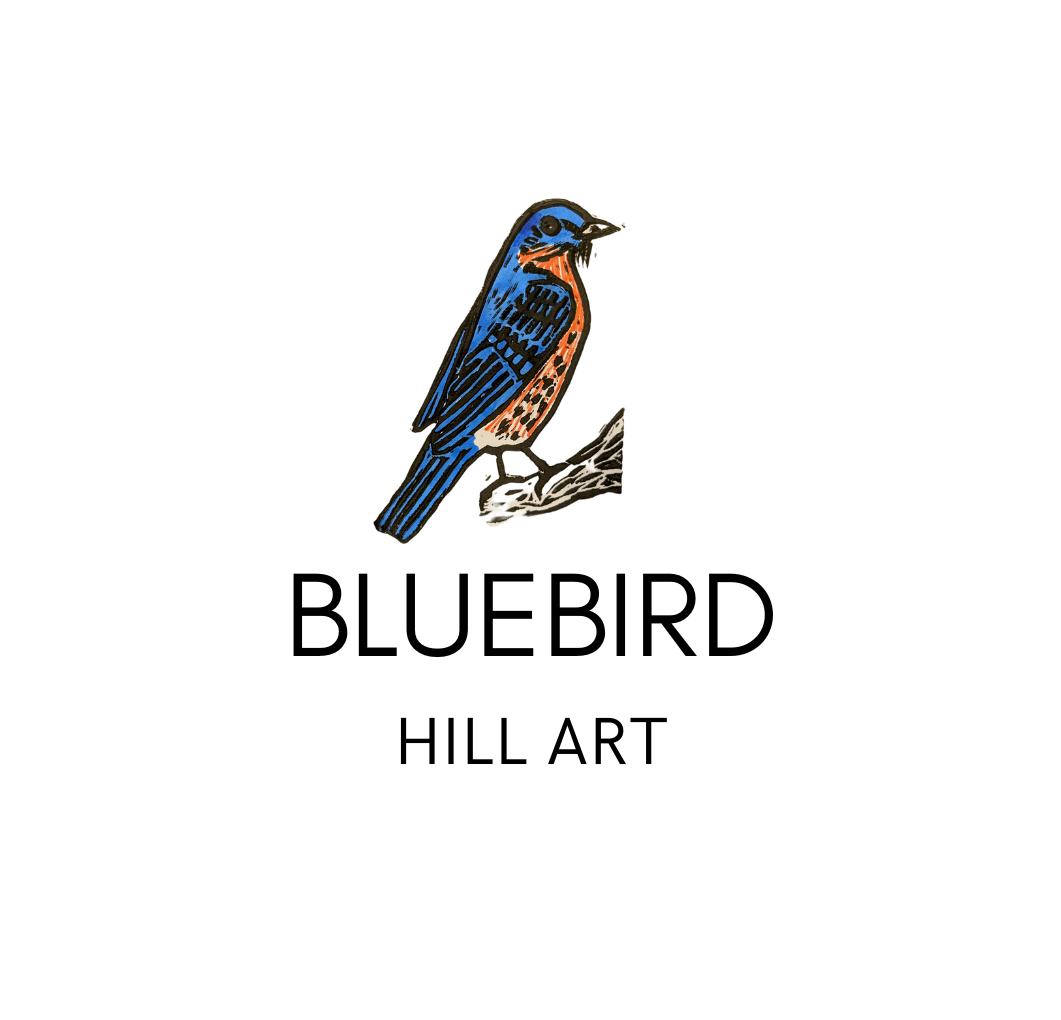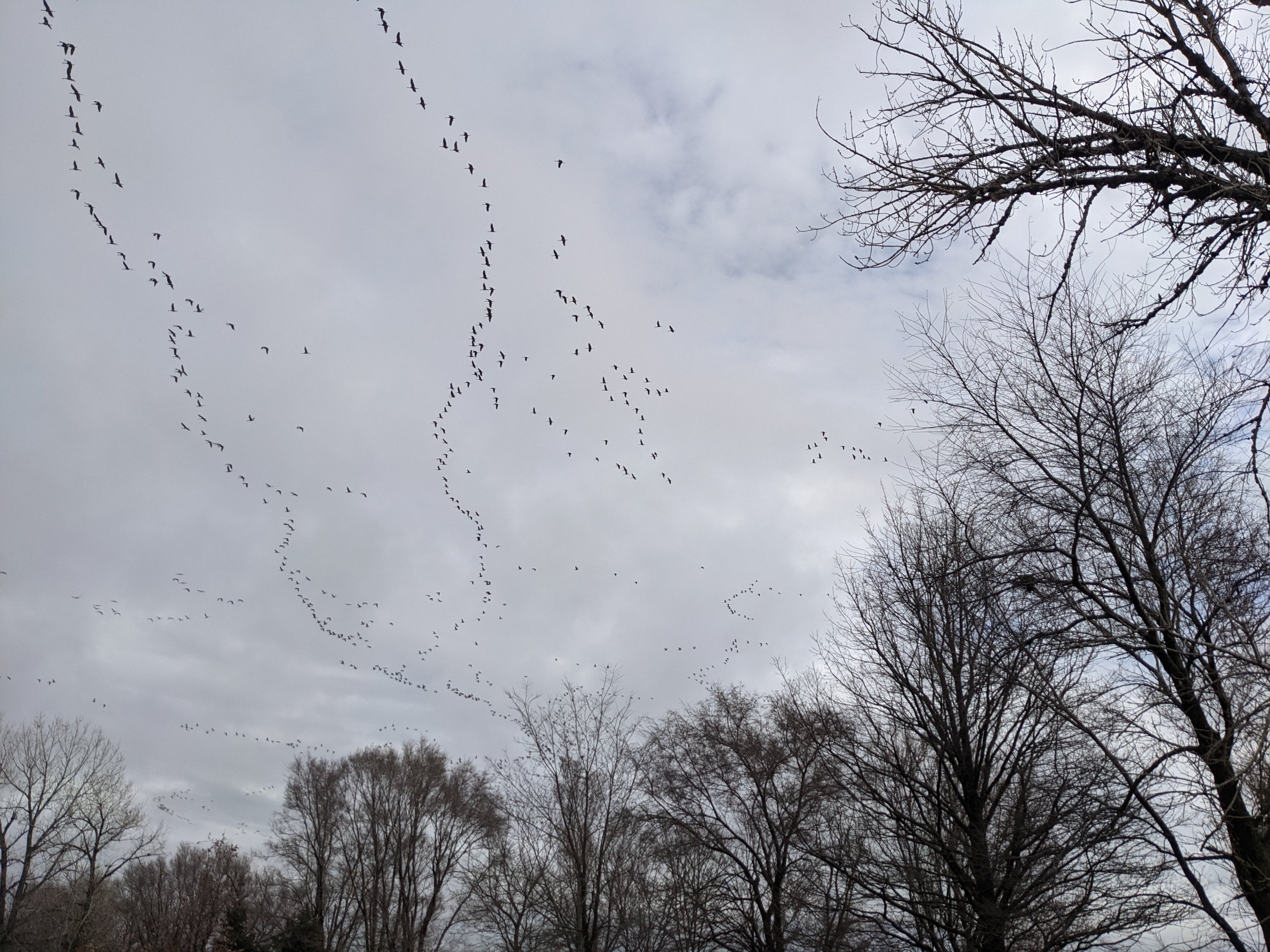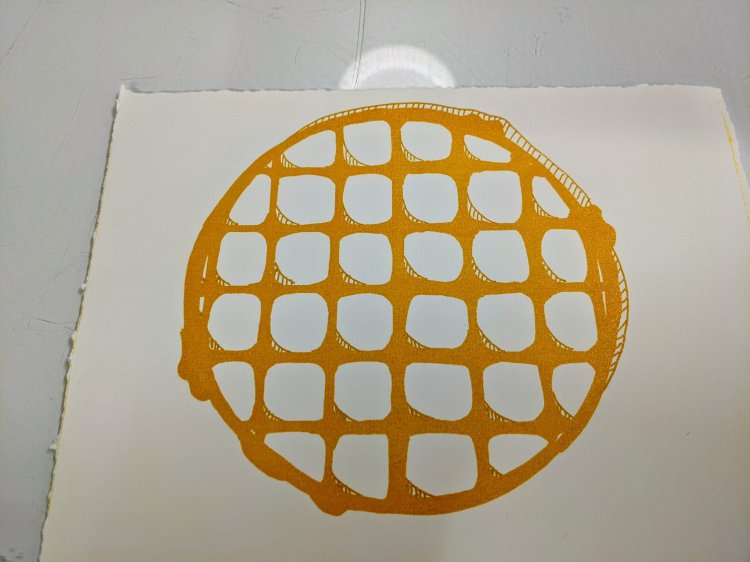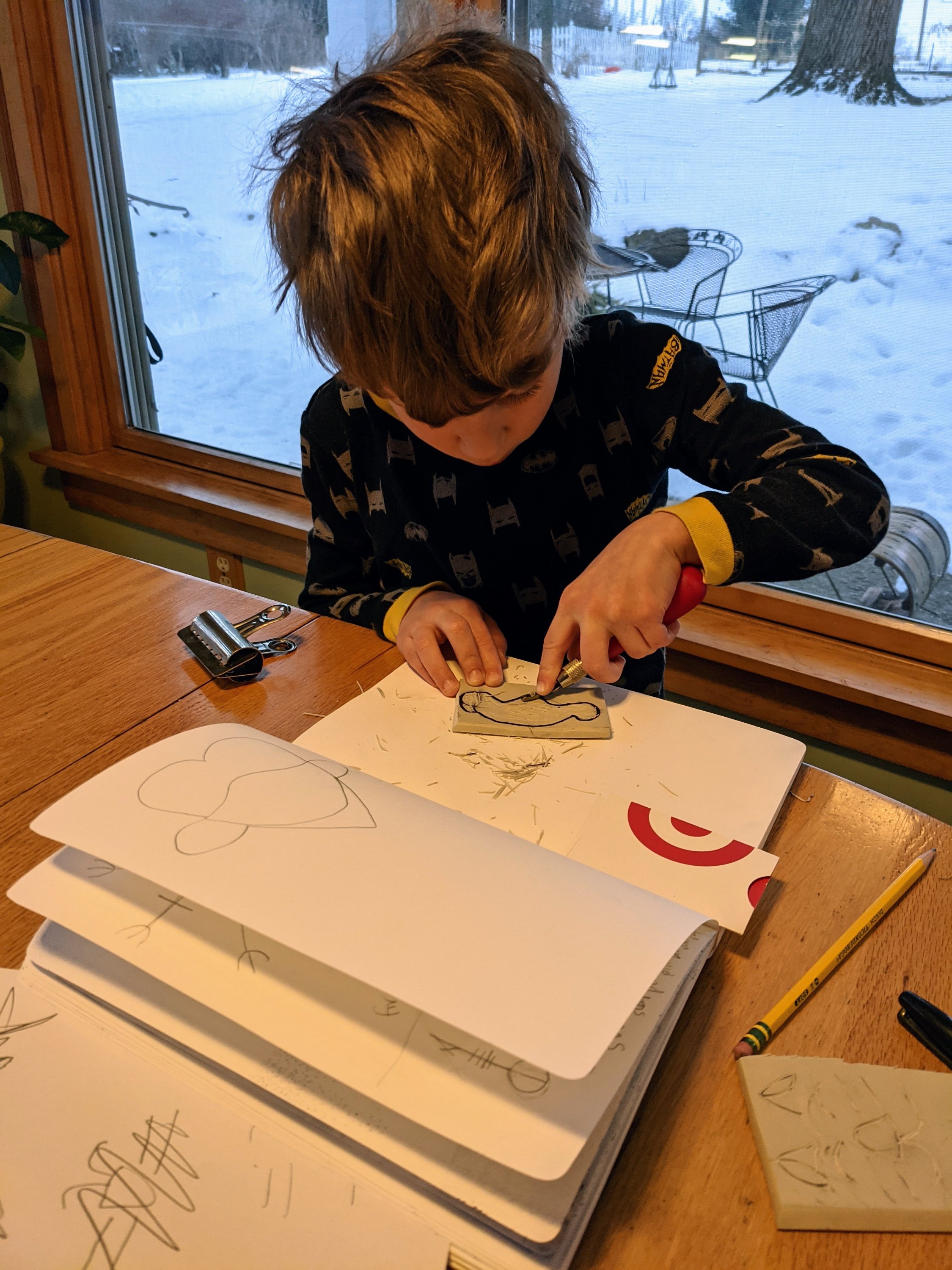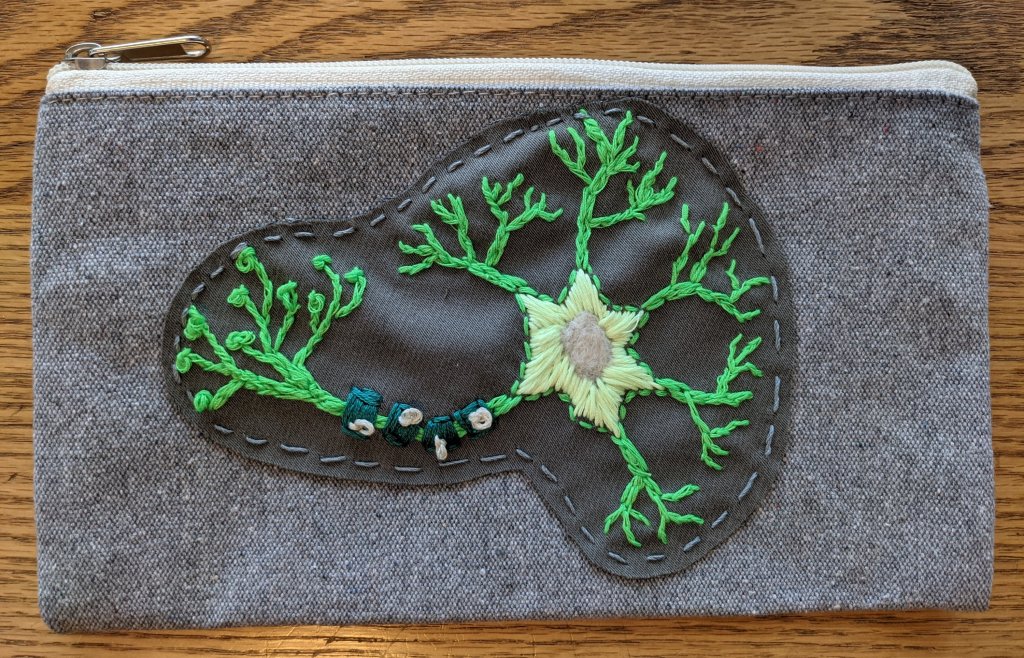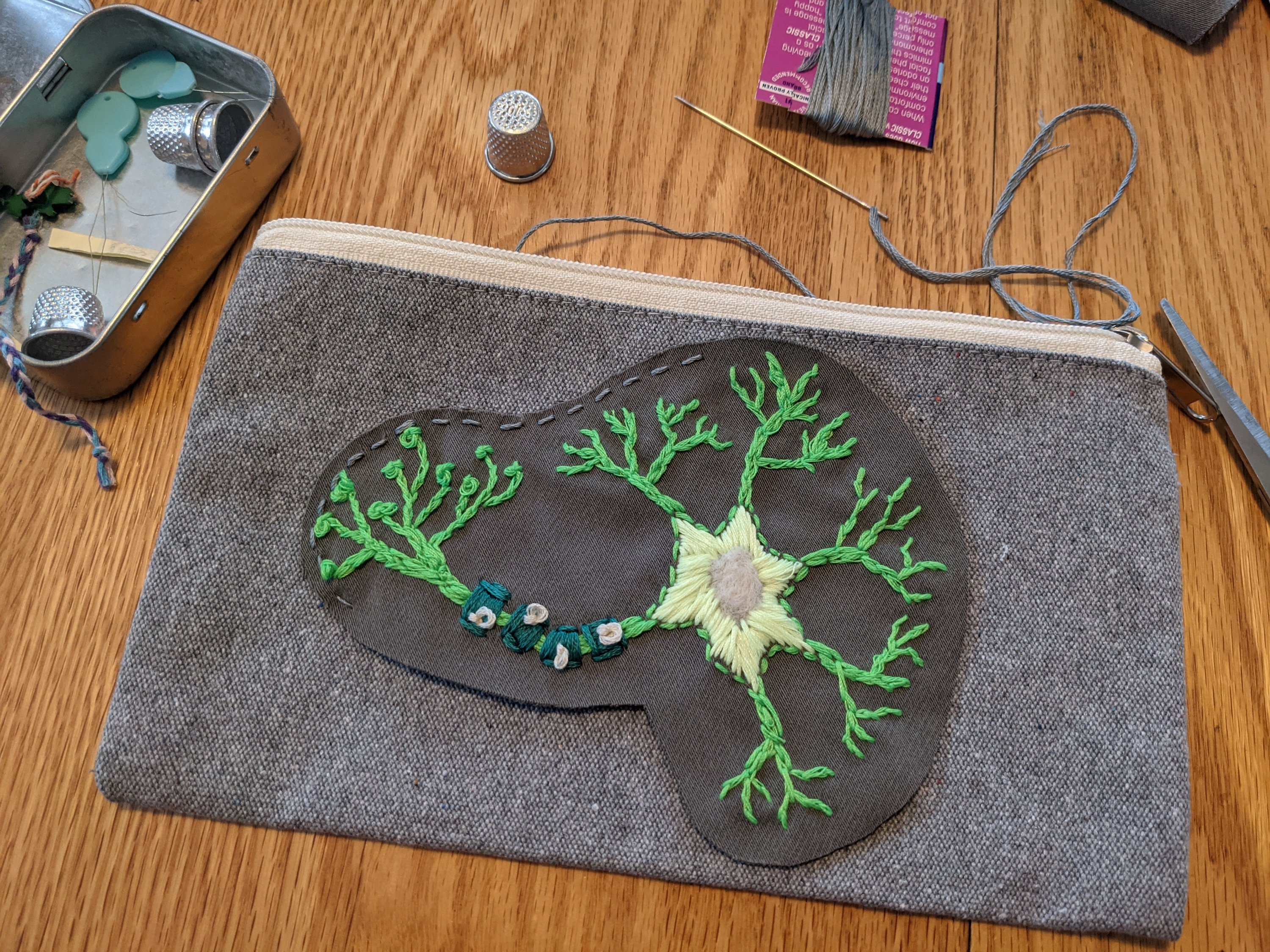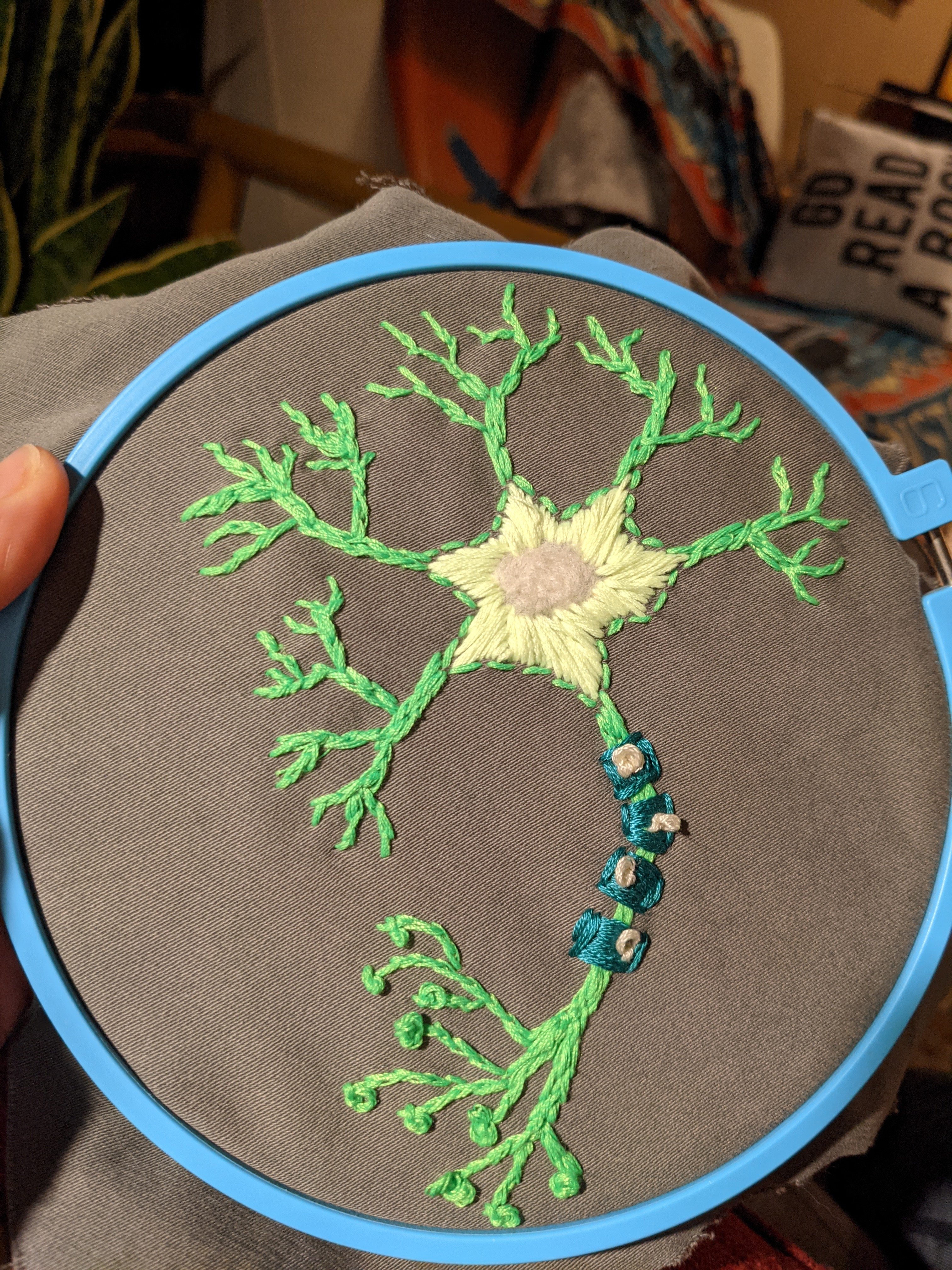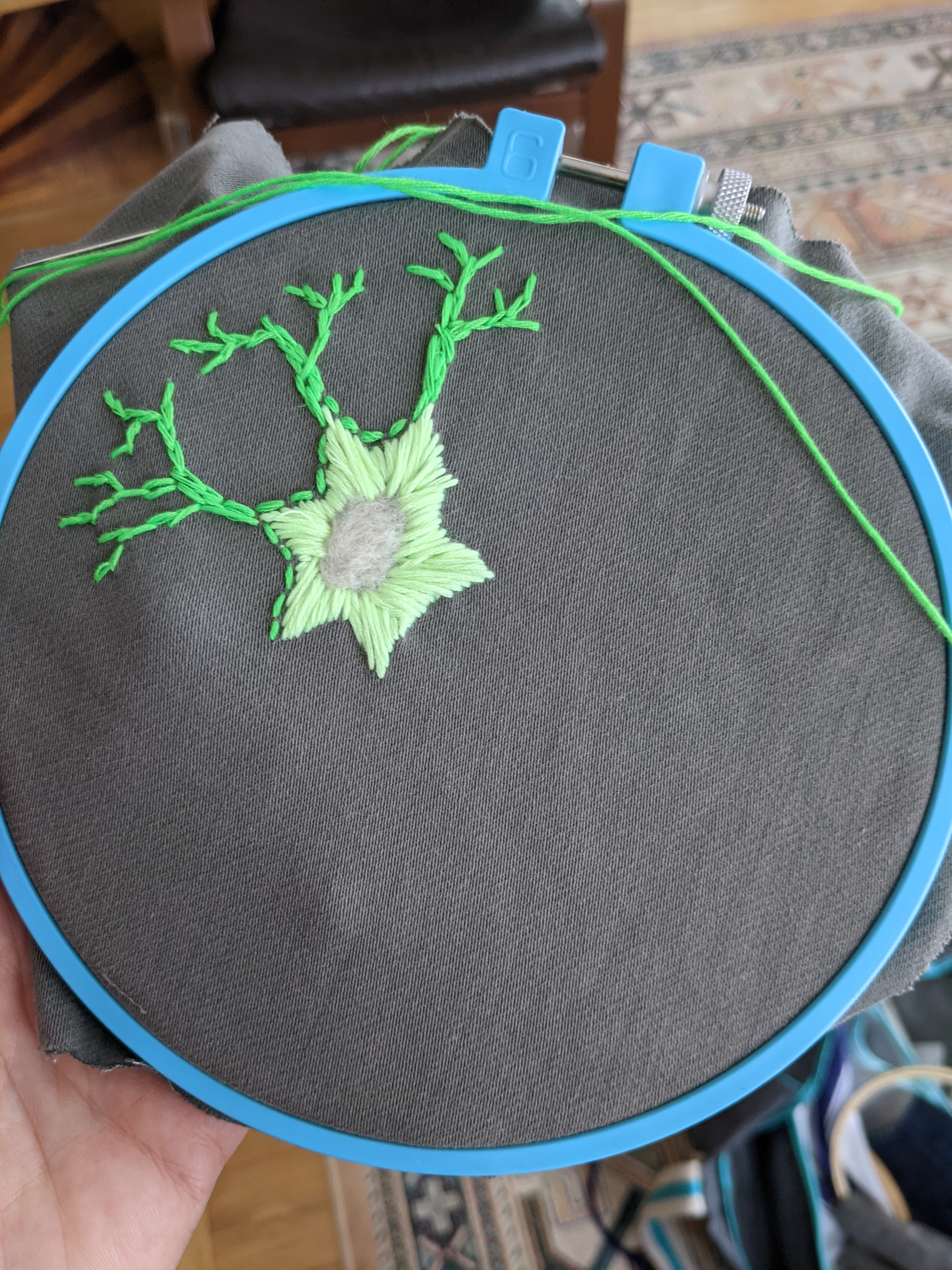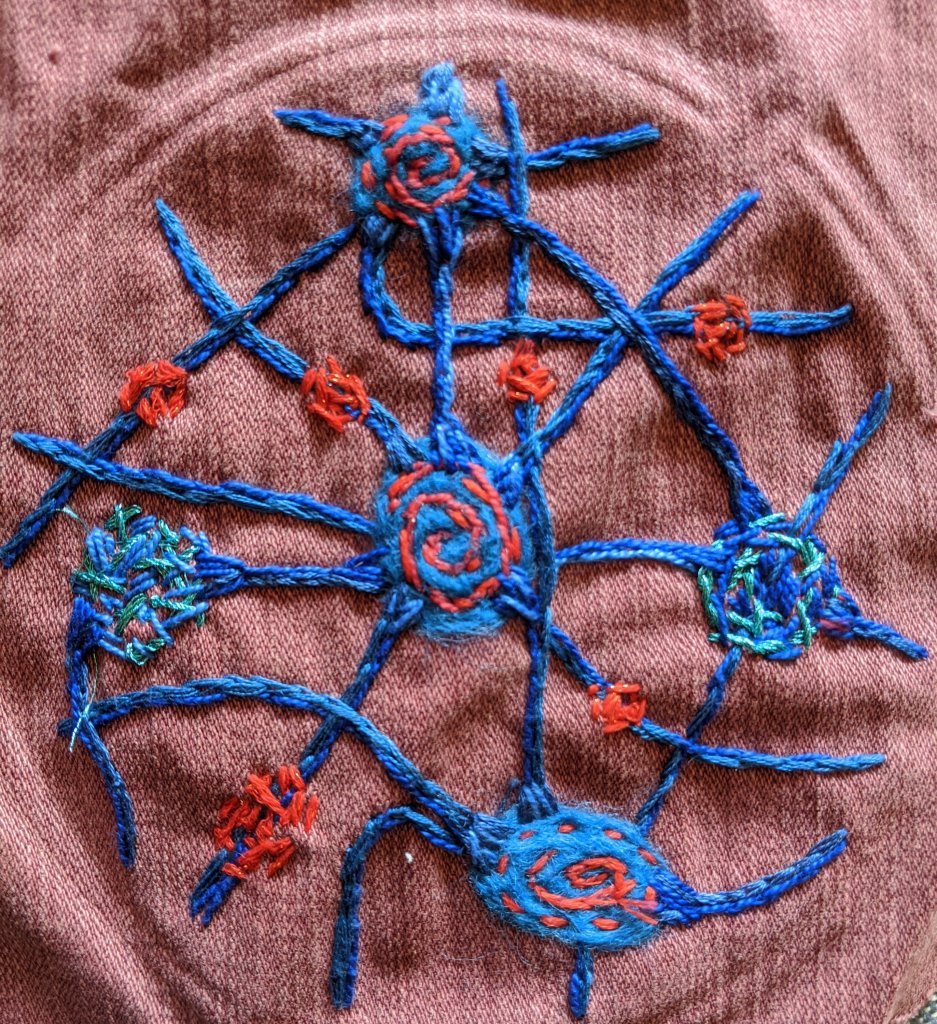Collage/mixed media is my favorite media. Cats in windows and winter are some favorite subject matter. I combined these favorites with a new (to me) technique to make this small and cozy artwork of a cat napping in a house plant.
I wanted a window that had a glass-like texture. I have used gloss gel medium for this in the past, but did not want brushstrokes or marks in it this time. So, when I stumbled across making stickers from magazine images with packing tape I knew it would be just the touch this artwork needed.
To do this kind of transfer, you need only a few simple materials: magazine image, a container of water, and packing tape.
You start by cutting out the image in the shape/outline you want. Then, cover it in packing tape, with your image facing up. I trimmed the extra tape off, but it is not a necessary step. Then, you submerge your taped image in water, to soften the paper. Once it has been sitting long enough to start to see the image on the other side, remove it from the water. Use your hands to roll the wet paper off of the tape. You will be left with a semi-transparent image.
Once the outside winter scene was complete, I glued it to the board. Then I added strips of paper to create the window. While all of this was drying, I was painting the cat on watercolor paper. I cut out the cat and then added collaged bits of green paper for the plants.
